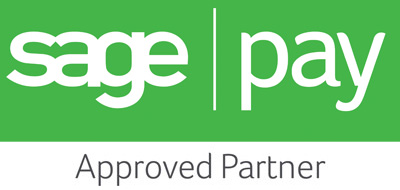Social Media Mapping
Business are relying on social media marketing more and more in their quest to reach new customers. Social media marketing reaches customers and potential customers at varying stages of their journey, and it does so incredibly effectively, with some content aimed at a broad section of your potential market, and other content pinpointing those at a particular stage. Research conducted by the Content Marketing Institute found that of businesses who use paid distribution channels, 77% of them pour money into social media marketing, far more than the investment into other channels, with search engine marketing (SEM) a close second.
Social media is a really flexible way to reach potential customers and turn those sales into brand ambassadors who will help spread the word – one of the great things about social media is the free word-of-mouth aspect that comes from people sharing your content, with or without comment. When a trusted individual shares content from a brand, or positively interacts with it publicly, they are effectively endorsing it. All customers gained through social channels start out at the “awareness” stage, where they are simply becoming aware of your company or product. Awareness leads to interest, which feeds into consideration. The next stage is conversion, and ideally they will end up at the advocacy stage.
We can see this happening in the comments section of any product which is trending on social media. There will be the likers (awareness stage) – those who like the post but who might not even watch the whole video. Then we have the interested people, those who do watch the whole video and who may comment or even share the content, perhaps tagging a friend in the comments. The consideration stage people will be the ones asking questions about the product – this is “intention to buy” behaviour as it indicates they're at the research stage of a purchase journey. You'll then see the advocates (those who have converted) responding to these questions with positive answers and even encouraging people to buy.
We want to be able to map the social customer journey and know where the milestones are, so when creating text posts and multimedia content for your social media channels ask yourself which cohort(s) of people are you trying to reach? This will inform the tone, information and even the length of your content. When measuring how well the content has performed for that intended cohort you're looking at different metrics for each stage.
At the awareness stage, focus on measuring likes, video plays and click throughs. For the interest stage, likes are less relevant and you want a higher volume of click throughs and full-length video plays (i.e. not people who stopped it after a few seconds).Shares, tags and the volume of comments is also important here.
At the consideration stage, measure how many people clicked through to your social page or website and then liked the page, signed up for email alerts or requested information through a contact form. If you have an online shop, measure how many people put an item in their basket – even if they don't purchase at this exact moment, this does demonstrate they're considering a purchase.
You can then measure conversion by the number of people who do buy as a result of a particular post, or by the number of people indicating a social media source on their purchase form. Advocates can be measured by positive comments, by hashtag mentions or tags of your product or business page, and by membership of online communities affiliated with your brand (which you run, or which are run by brand advocates themselves).
Social media is just as important in B2B marketing as it is for B2C marketing, and with a little mapping and careful measurement of the metrics you can see for yourself how effective it can be for your business.
